Annual General Meeting (virtual) June 12, 2024; 7 – 8:30 pm Pacific Time
Hello SSREC members and other solar enthusiasts – our AGM is coming up!
Annual General Meeting (virtual)
June 12, 2024
7 – 8:30 pm Pacific Time
We have a great guest speaker, Karl Rábago, from Rabagoenergy LLC.
Karl will kick off the meeting at 7 pm, followed by our business meeting, including updates on BCHydro consultations.
Karl Rábago : ‘The Value of Solar – to you, the grid and the globe’
Feel free to submit your questions to Karl, or the Board, prior to the AGM SSRECinfo@gmail.com. There will be lots of time for Q’s and A’s with Karl.
Zoom link will be sent to SSREC members a few days before the meeting.
Non-SSREC members are welcome, but please rsvp at ssrecinfo@gmail.com, so we can send you the zoom link.
Everyone will be entering a waiting room and it may take some time for the organizer to let you in; hence we’d appreciate it if you could sign in a few minutes early.
Karl has extensive experience from over 150 Utilities Commission hearings, writing analyses and peer reviewed articles on everything solar, from the value of solar to rate design and everything in between. We’ll post his resume and activities on our website by the end of May at the latest.
Karl will be representing us, along our partners in the Community Solar Coalition, at the upcoming Net Metering rate proceedings, June 2024, at the BC Utilities Commission. Karl’s advice to us at a multi-session workshop that we have been participating in has been invaluable.
Watch our website SSREC.org and Facebook for more detailed information.
Hope to see you on June 12!
On behalf of the SSREC Board
SSRECinfo@gmail.com
SSREC has been supporting and advocating for solar power in the Southern Gulf Islands since 2018 Download Poster [PDF, 350KB]

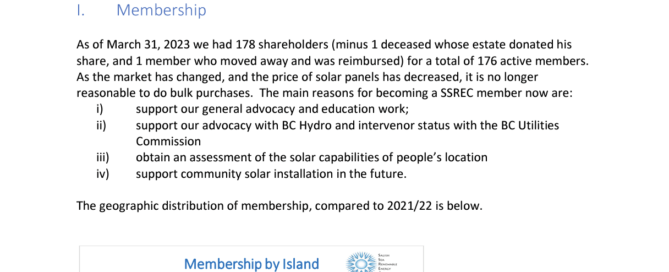
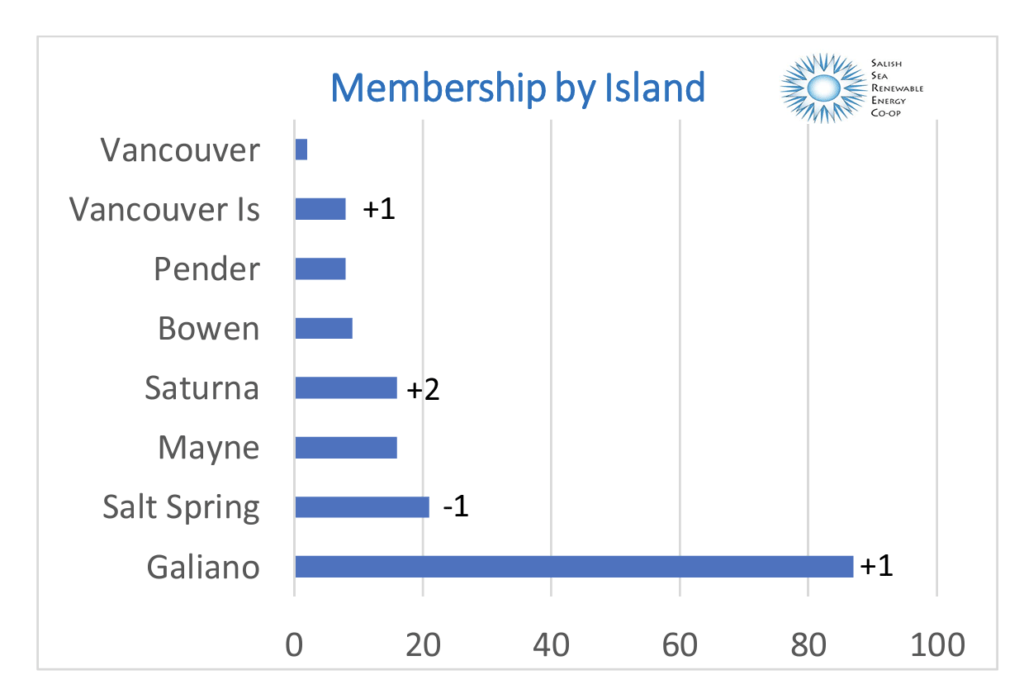
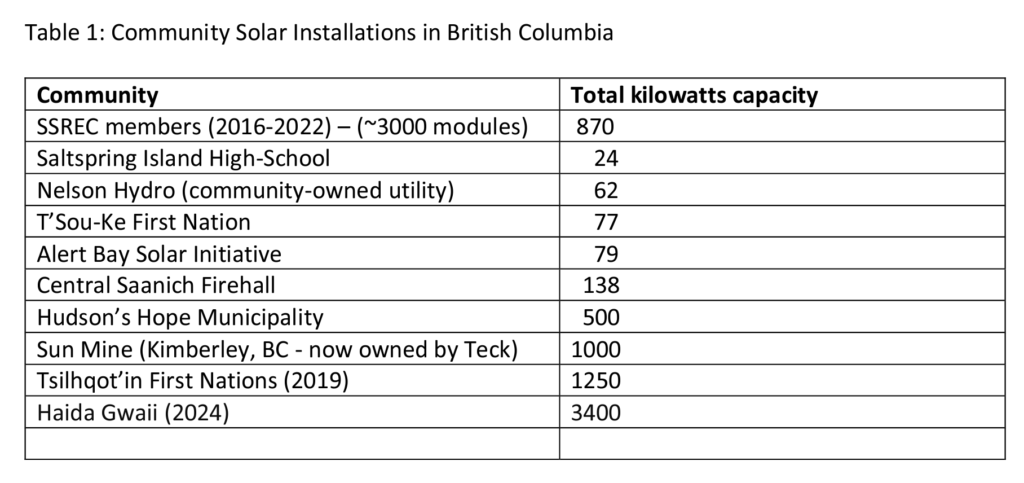


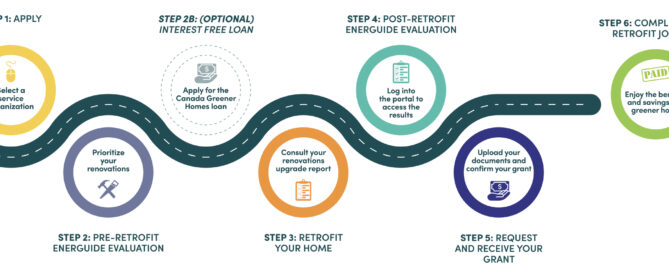
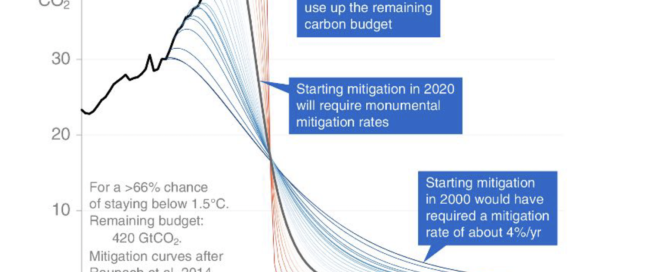
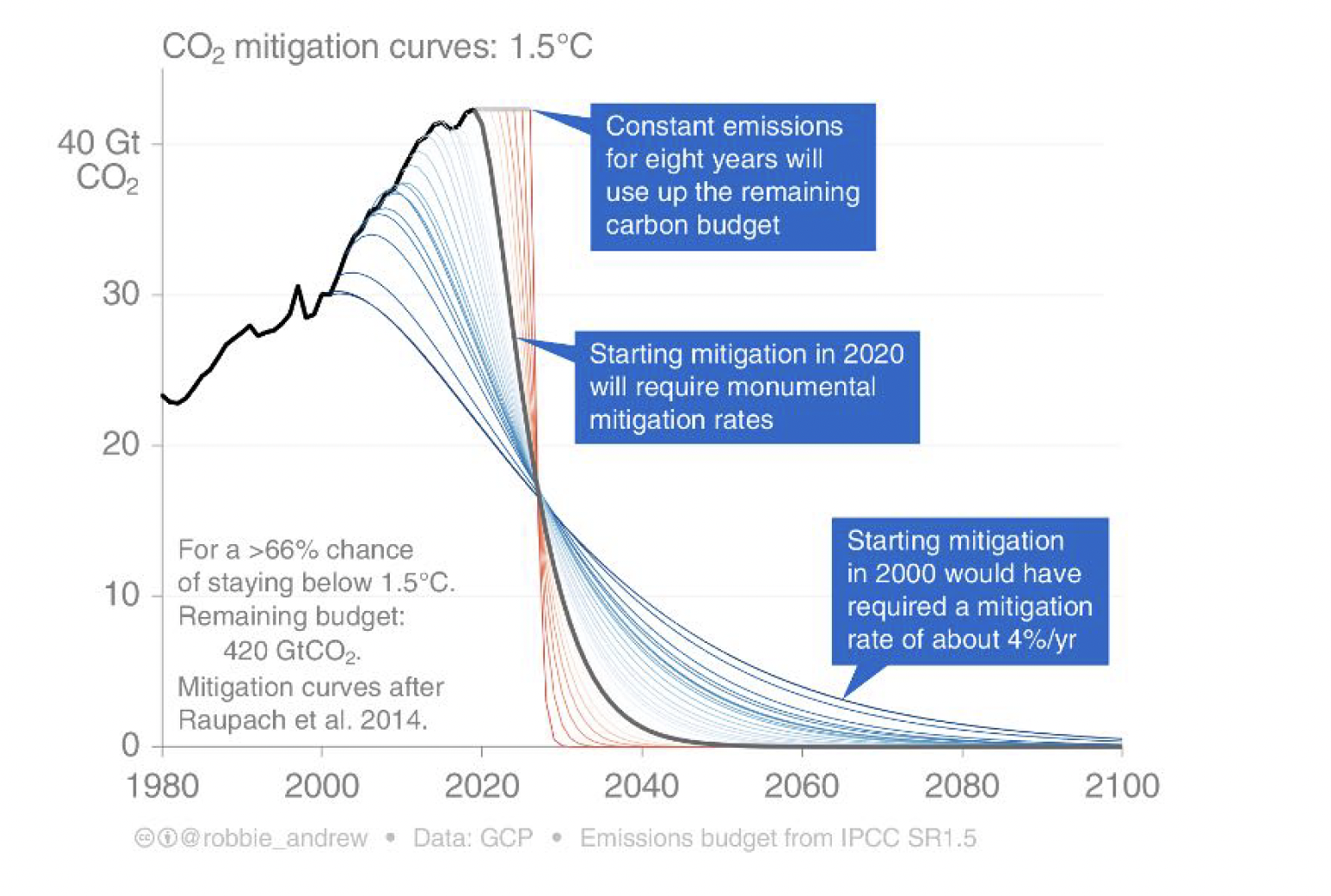
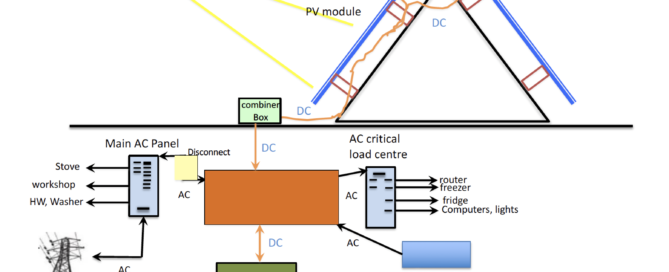
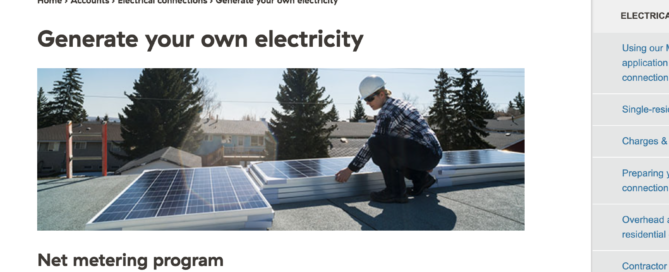


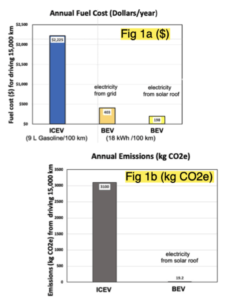

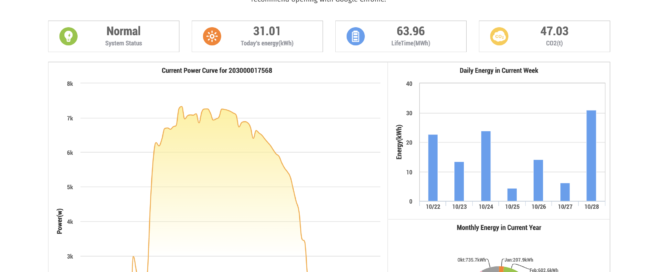
You must be logged in to post a comment.